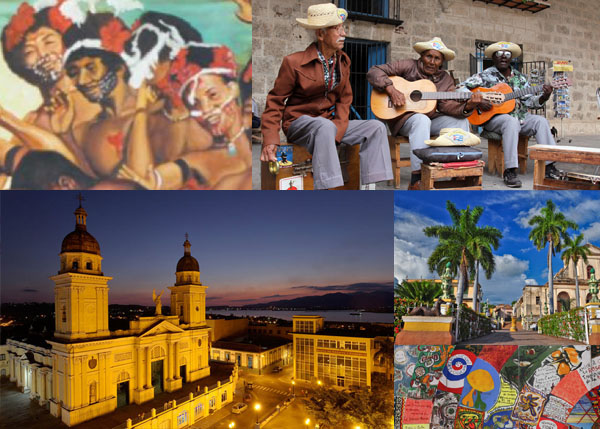9.4 Musical folklore in Cuban music. 20th century (1900-1930).

In this first half of the 20th century, avant-garde art was discovered in Europe and America and Cuba was catching up in the field of universal culture.
Folklorism is a movement that emerged before the outbreak of the First World War. It uses the typical and popular melodies of each country. The harmony is enriched with popular contrasts. There is a use of modalism, palitonalism, and melodic twists. The rhythm is varied, prominent, and has a pounding sense. A symphony orchestra is used, but musical instruments are incorporated.
In the heat of these new realities, our folkloric values were exalted, and the Africanist trend was born. While it was an exotic manifestation in Europe, in our homeland it was the expression of some of the most legitimate elements of our idiosyncrasy. It was based on the Black African roots of Cuban culture and was inspired, in part, by the folklorist and ethnomusicologist Fernando Ortiz.
This new vision of our authentic traditions found expression in music with greater force and significance than in any other art form, and was represented by the musicians Amadeo Roldán and Alejandro García Caturla. These composers’ treatment of stylistic and thematic elements derived from popular music and their concept of orchestration, which elevated Cuban music to the level of universal music of their time, established them as pioneers of modern Cuban symphonic art.
Amadeo Roldán and Alejandro García Caturla are great representatives of Cuban nationalism. They became central figures in the definition of Cuban classical or art music with national characteristics. They rejected European paternalism, retaining their influence, and approached popular music with a sensitivity and technique that became avant-garde of their time.
Cuban nationalism of 1920 is not the nationalism of 1898. It is not a demand for an external authority, but rather for an internal one. Reaffirming the national is a way of reaffirming values that have been forgotten over the course of 20 years of the Republic.








